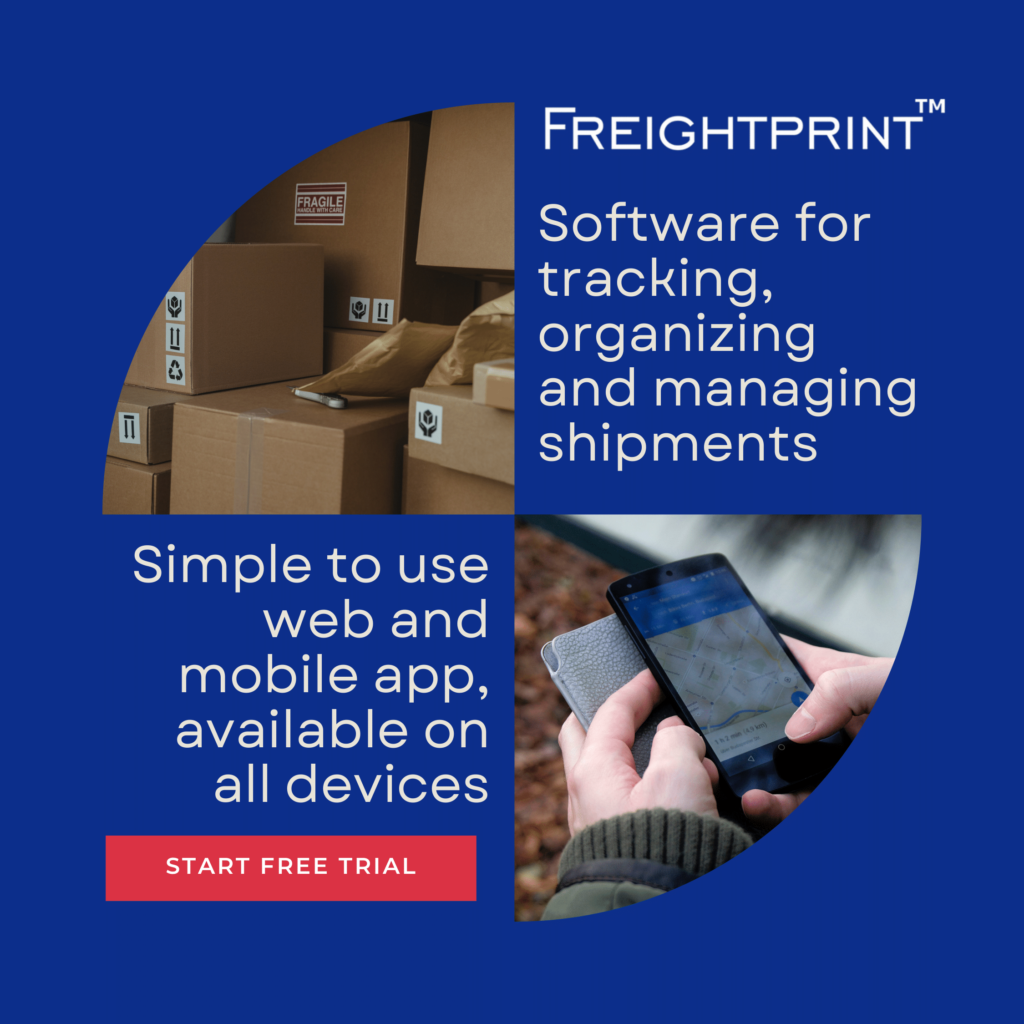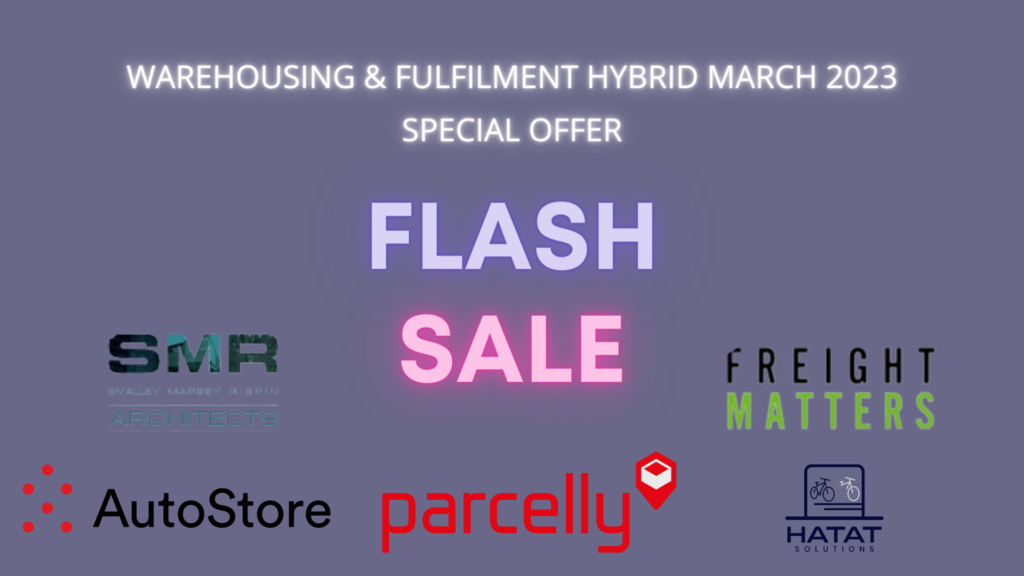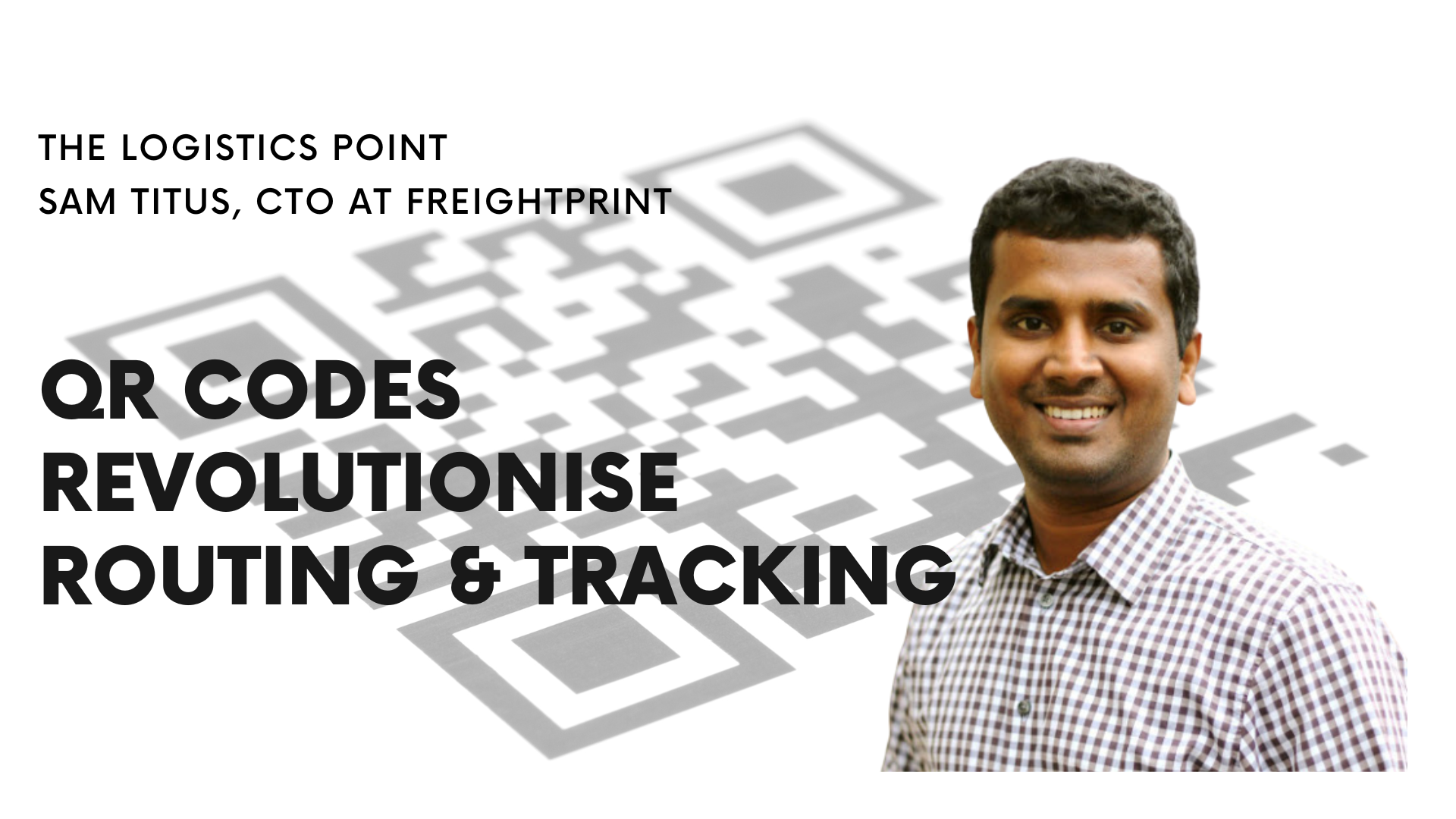Despite the large number of technology companies in logistics, the industry has been surprisingly slow to move away from more traditional operational models. Many still use paper for critical activities. But something as simple as a QR code can help alleviate high costs, hard maintenance and slow onboarding. We spoke to Sam Titus, CTO at FreightPrint, about how the industry is adopting new tech and what the company can offer. You can watch the full video interview below and get a trial of FreightPrint here.

Sam, how has the attitude towards digital routing systems changed over the course of the last few years?
Route optimisation is a hot topic. It has been one for a while but the pandemic really put it at the forefront. Its growth is thanks to the need for same day delivery and how Covid made everyone want faster and cheaper delivery.
But on the operation side of things, I still speak to many freight companies which are using paper. For some it is hard to believe that in the age of Google and Apple they do it, but one of the reasons is that a lot of the tech is just not very user friendly. There is a need for highly skilled people to configure it and set it up. On the other hand, building something from scratch is very expensive and unobtainable for SMEs.
During my time in the industry, however, a lot has changed and technology has really gone forward.
Logistics is also still in its infancy when it comes to digitisation. We see many companies, here in the US and Europe, investing millions and some billions of dollars into transforming the last mile.

What should they be looking for in a company that provides routing and tracking software?
I would encourage people to look at what is the relationship they can have with their software partner. You also want a flexible solution. Software-as-a-Service (SaaS) can help you scale up and down whenever needed.
Also, keep in mind what would happen if you do not implement a good solution. Many people prefer not to touch something, if it is not broken. But there is a cost to not changing. Over 58% of consumers would not order from the same company after having just one bad experience.
How can FreightPrint help companies and what do you offer?
We focus on tracking, communication, document management and providing overall help to the companies with bidding, etc.
We use the well-known QR codes but in a different way. They are usually used for inventory management but we use them for document management.

All information that would usually be on a piece of paper, we are able to encrypt and encode in a QR code. Using our mobile app people can access the information and it is converted into a dynamic document.
Using the QR code companies can capture the location of a delivery and prove if it is the correct place. Drivers can connect signatures from customers. Users can also create custom metrics, specific to their companies.
Another feature allows shippers to send bid requests and track responses. This allows companies to have one place where they can see how each order is delivered and who the responsible party is for each individual delivery.
Small companies can install FreightPrint in one hour. Medium size company could take about a week where we provide onboarding and help with any training that might be needed. Large organisations can install FreightPrint for around three weeks, which again are dedicated to onboarding.
You can watch the full video interview with Sam Titus from FreightPrint below. You can also get a trial of FreightPrint as a The Logistics Point’s subscriber. To claim it, just click here. ✷



